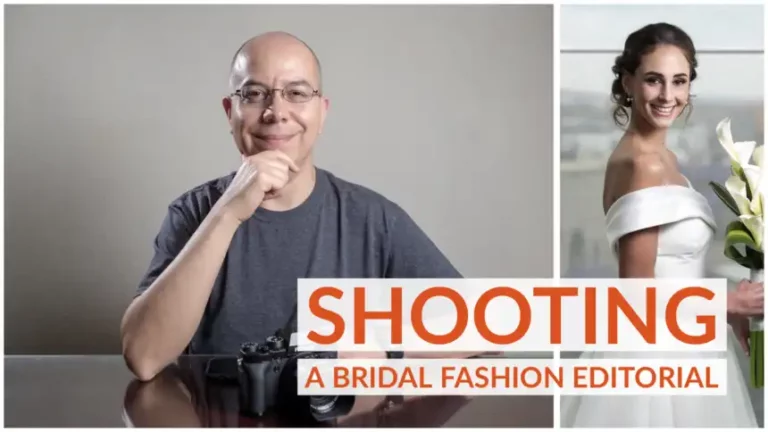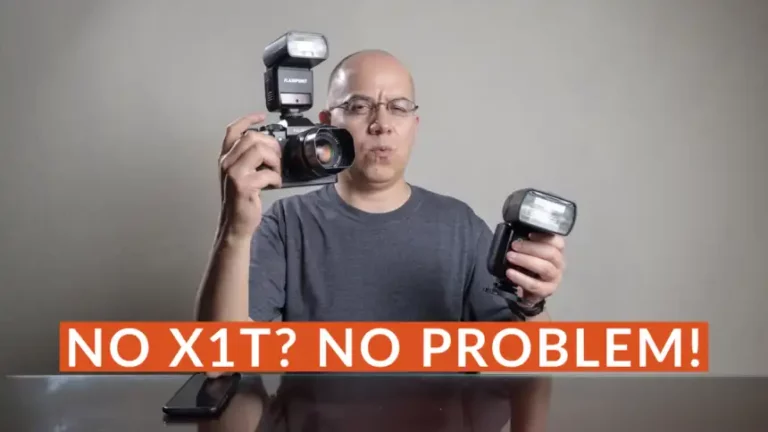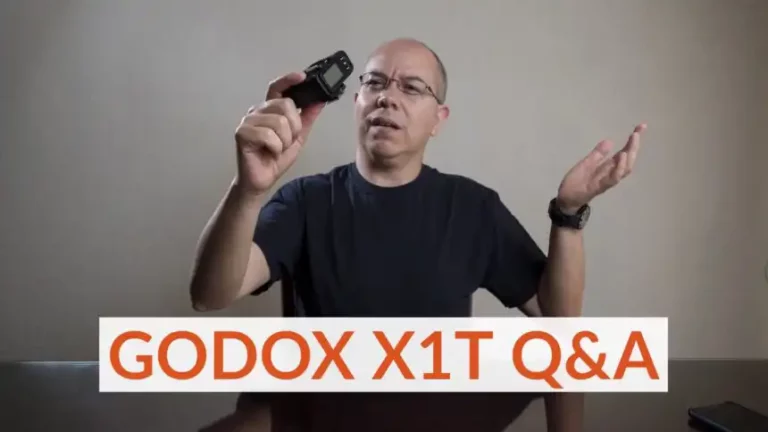Why Use Off-Camera Flash?
Off-camera flash. It sounds great but, why? Why do you want to use off-camera flash? Keep reading to learn why
Today, I’d like to start a series of posts about off-camera flash. In this series we’re going to cover:
- why you may want to use off-camera flash
- different techniques to fire flashes off-camera
- one very specific technique using Godox flashes
- some next steps that you may take, once you understand the basics
In any case, in this post I’d like to share with you why off-camera flash could be a good technique for you to learn.
Some Background
If you’re new to flash photography, you have probably used the flash as many people start, on the camera.
It’s a good way to start! It gives you some understanding of how the flash works, how you can control it, how the camera communicates with your flash. However, you may already have found some limitations about the control of the light.
Let’s Experiment
I’m going to shoot a very simple object, not very photogenic. It’s just a toolbox. I like this object because it has some texture and it has some reflective objects in it. It can be a bit challenging.
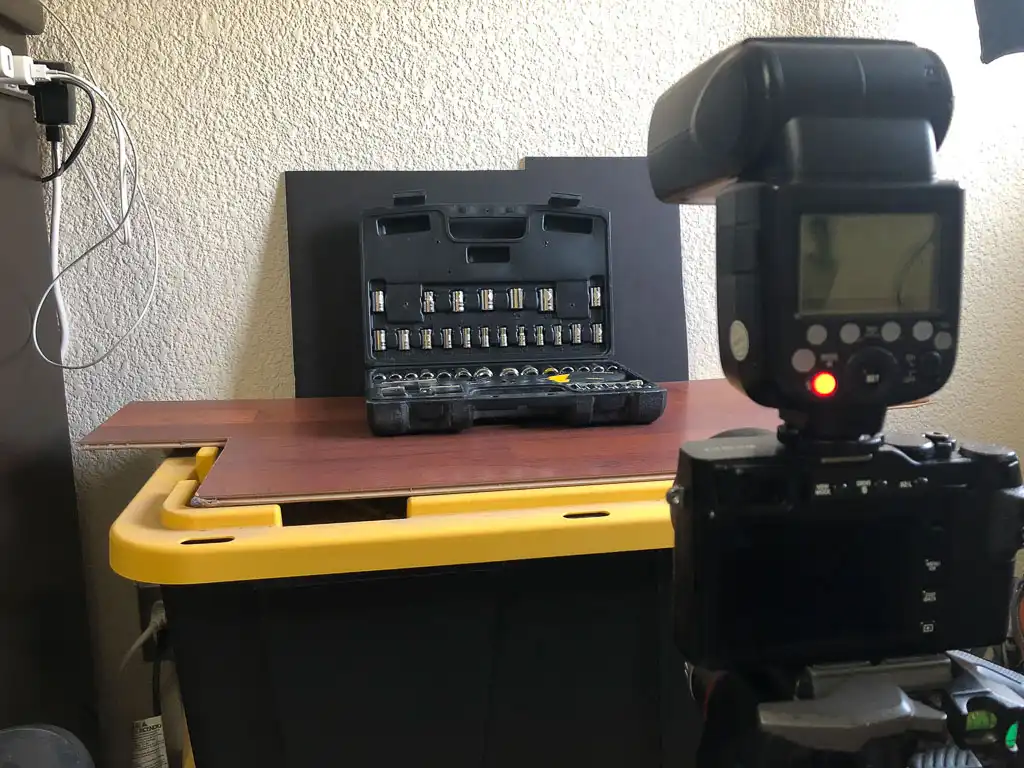
As you can see in the behind-the-scenes photograph, I’m shooting first with the flash on the camera. I pretty much left the flash in TTL mode. I didn’t want to mess with settings, but I set the camera to ISO 200, f/5.6 and 1/180 s. With these settings, if the flash is off, I will photograph a black frame. Let’s take a look at the image.
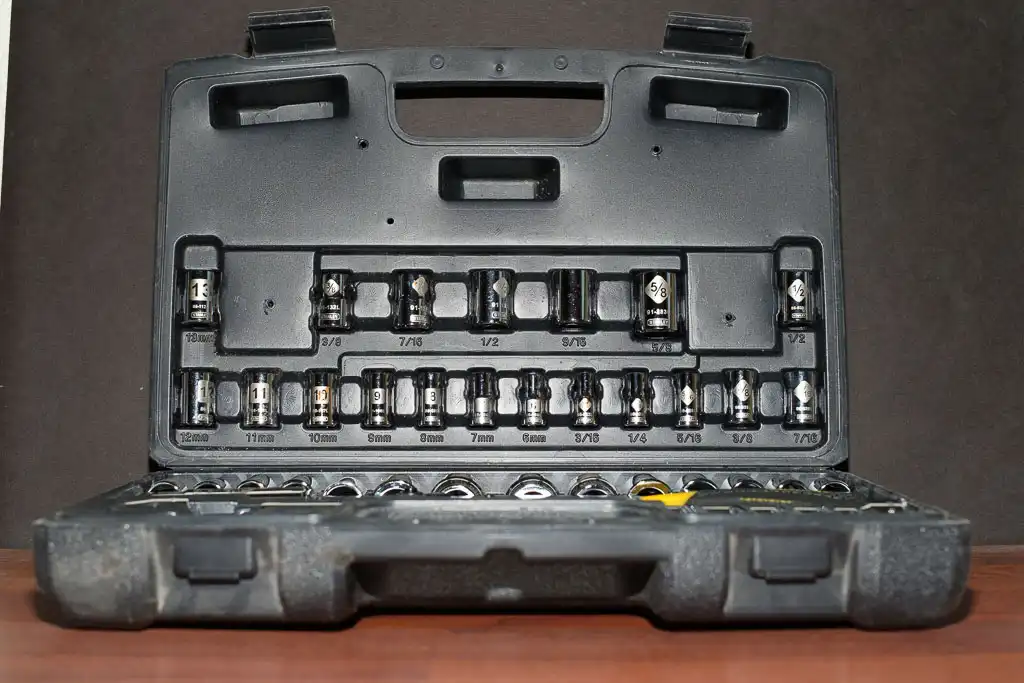
As you can see, it’s pretty much flat. There are some reflections from the reflective pieces, but it’s not an interesting image at all.
Why? It’s super simple: when the flash is on the camera’s hotshoe, the emitter of the light is very close to the lens, and it’s aligned to it. In this case all the shadows are behind the subject.
Shadows and Depth
Why am I mentioning the shadows? When we take a photograph, we make a representation of a three-dimensional object. This representation only has two dimensions: width and height. We don’t have any depth.
We need to see shadows in the image to show texture, hollowness or roundness. Our test image has no shadows, so it has no depth.
Creating Shadows
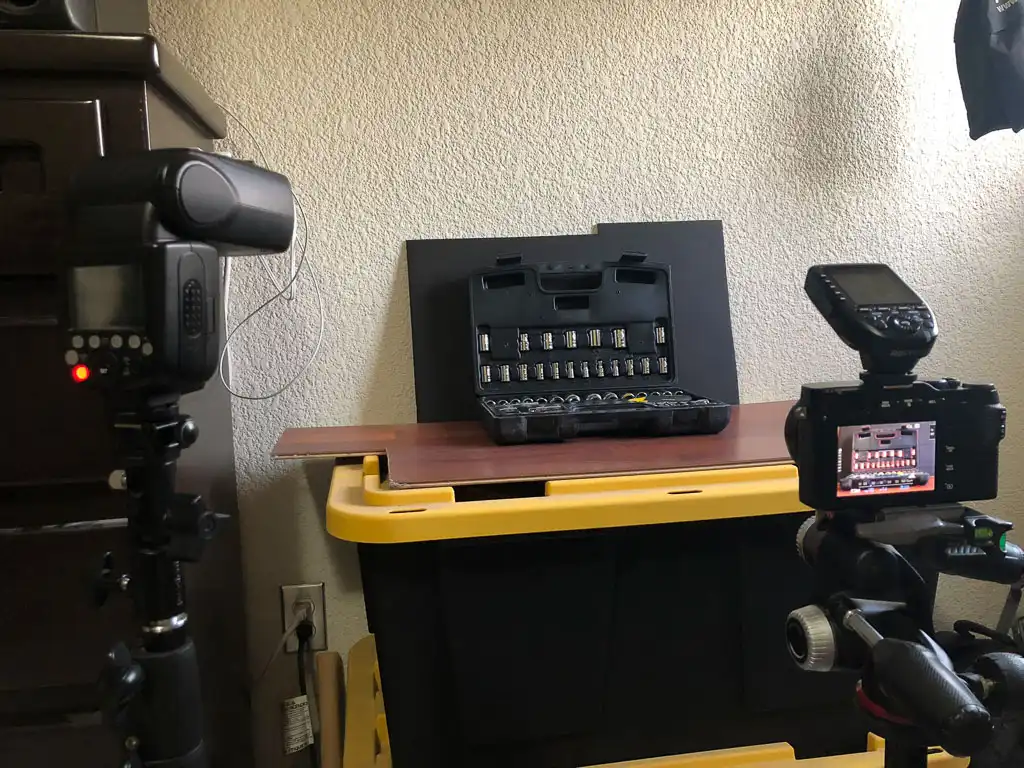
I’m using a Godox TT685 off-camera and an XPro transmitter on the camera. I moved the flash to the left, but more or less at the same height as it was. I then took another shot.
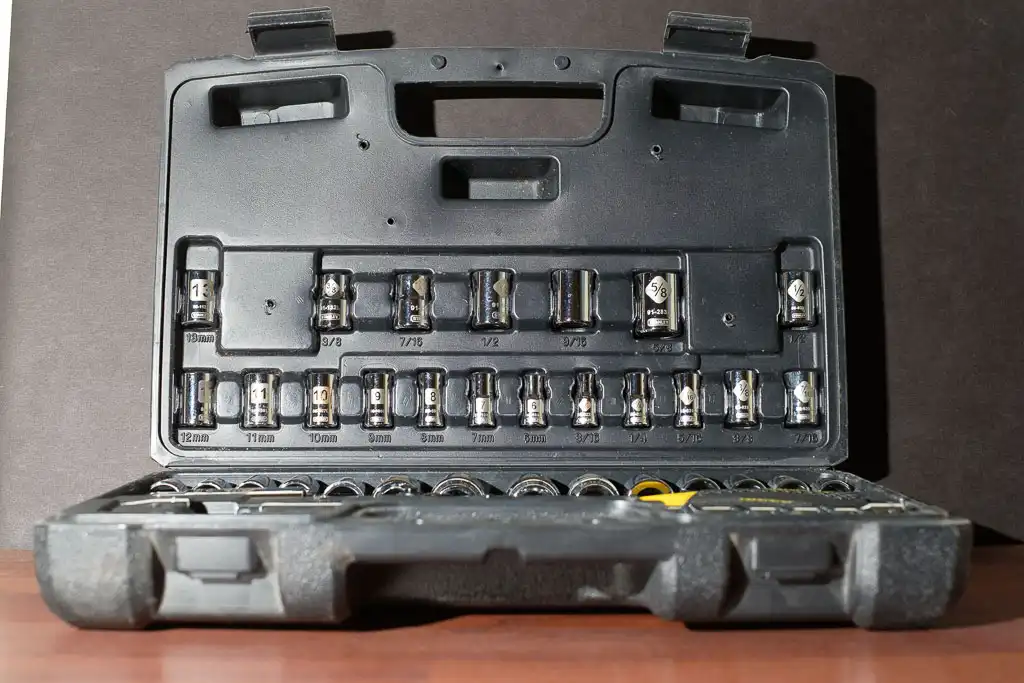
We now see some texture, we gained some depth. That is, I think, the first reason to use off-camera flash: creating shadows to add depth.
Placement and Creativity
Now, if we start moving the light around, for example placing it higher and pointing it down towards the object, and making some adjustments to the zoom on the flash, we can now make sure that we light specific areas or pieces within the box.

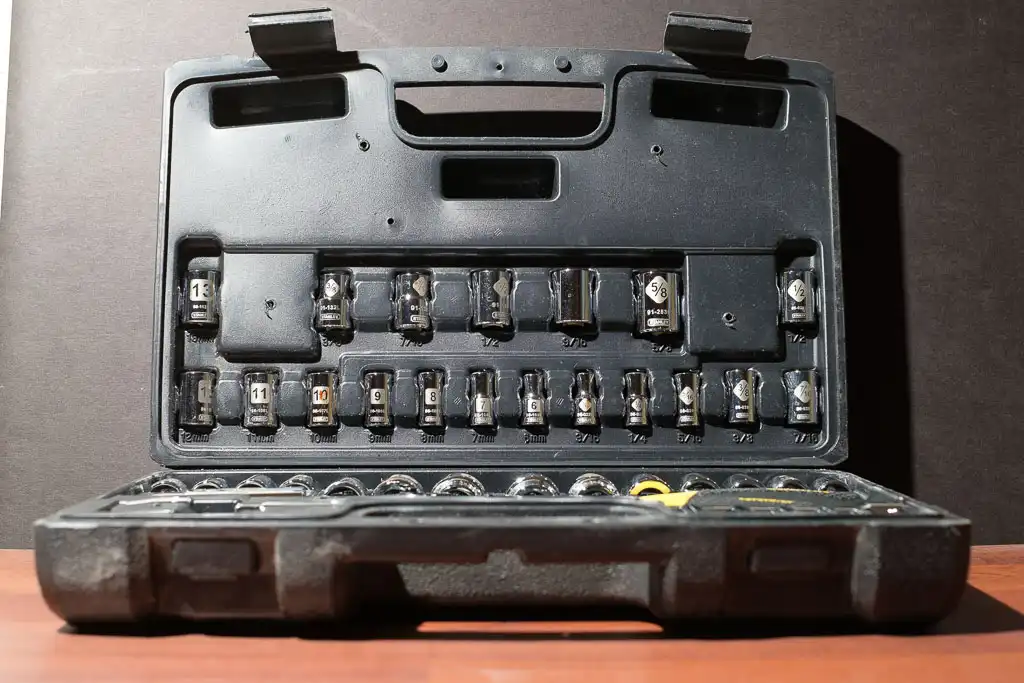
We are now gaining some creative control. And this is, I think, the second reason to use off-camera flash: in order to get creative control.
Summary
And there you have it! The two main reasons why you may want to use off-camera flash: gaining depth and gaining creative control.
I really hope you found this post interesting, informative but also entertaining. If that is the case, please leave a comment below and share this post with your friends! But most of all, please remember to Stay Safe, Keep Learning and Keep Creating.
DISCLAIMER: Links included in this post might be affiliate links. If you purchase a product or service with the links that I provide I may receive a small commission at no additional charge to you. Thank you for supporting this blog so I can continue to provide you with free content every week!



